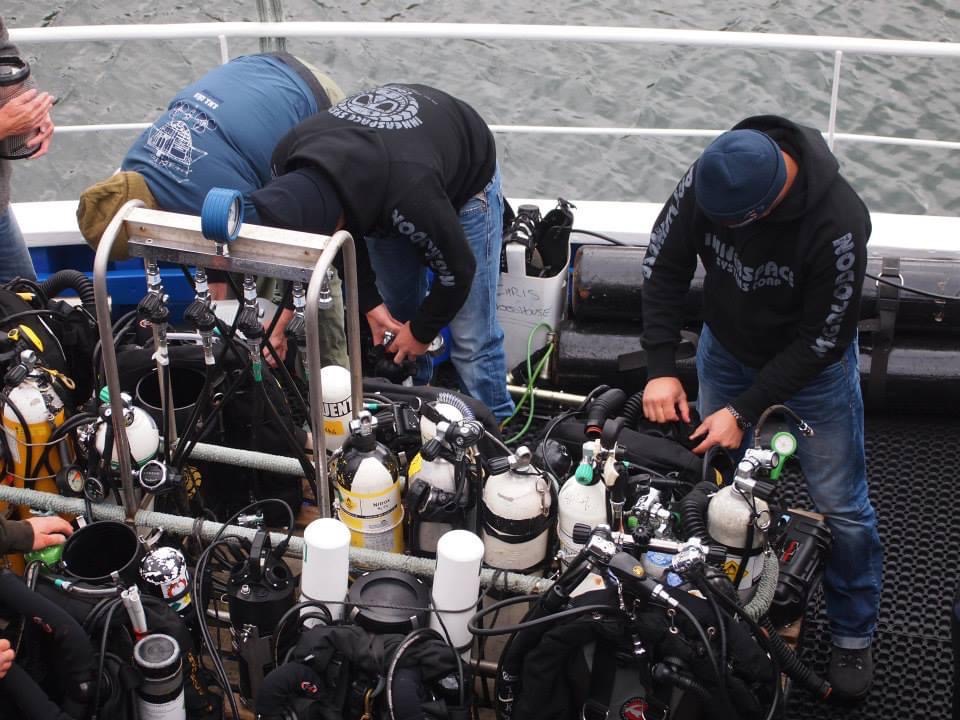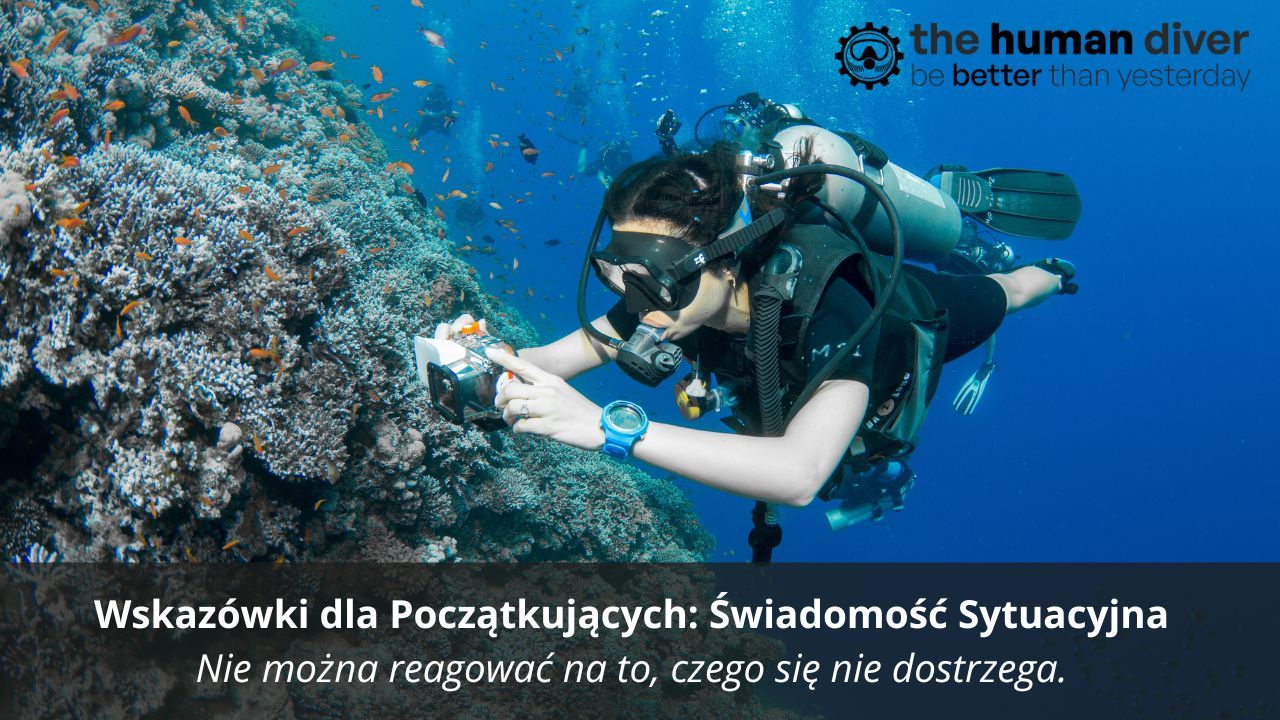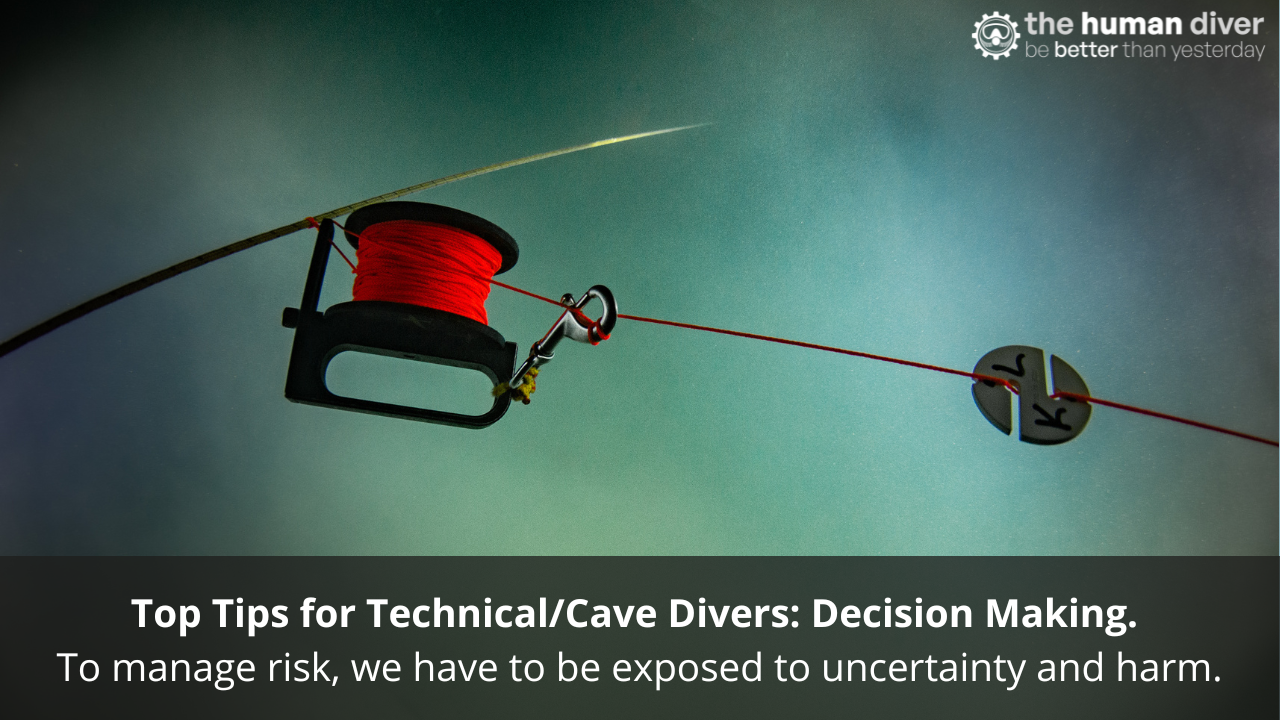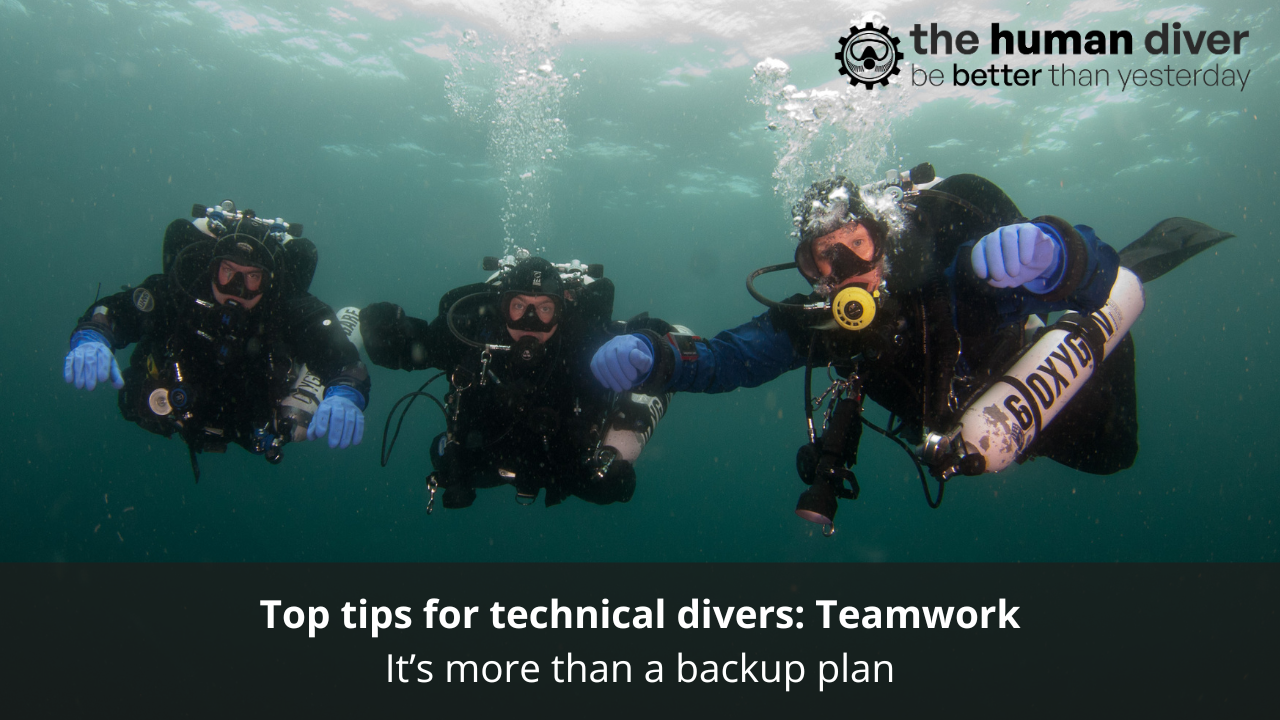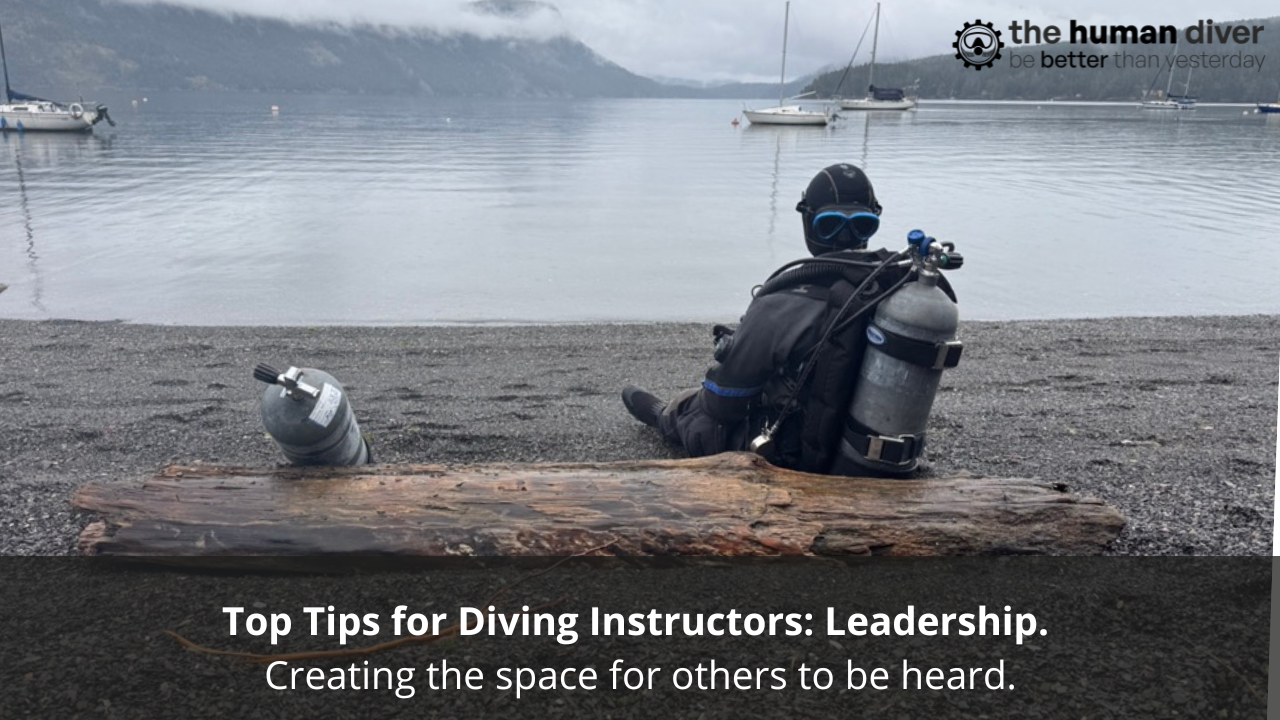
How to conduct effective pre-dive checks on a busy dive boat
Jan 09, 2022How you can do effective pre-dive checks on a busy dive boat
If you’ve spent time on dive boats, then you will have seen pre-dive checks carried out. At one end of the spectrum, you may have seen a full, deliberate, methodical sequence between two well-trained dive buddies. At the other end, you may have seen just an ‘Ok’ signal to the skipper from a blasé diver before they roll off the boat and descend in the hope that their buddy is following.
So why do divers not do thorough checks all the time? Among other things, we are constantly trying to balance various pressures and influences to achieve safe outcomes. We’re also subject to outcome bias - Things have never gone wrong before therefore what I am doing must be fine. In this context a diver may have never had a problem before despite not doing checks, so why waste time doing checks now? I work on a dive boat and see these sort of things every trip, especially when the boat is full:
- Time Pressure. Maybe due to incoming weather
- Peer pressure. People don’t ask questions fo fear of looking stupid.
- Distractions. Noise or a rolling sea.
- Lack of space. Busy dive boats are crowded places.
- Blasé approach to equipment risks. Influenced heavily by outcome bias.
- Overconfidence/complacency. “I’ve done 300 dives, I’m not a beginner.”
There is plenty of evidence to show that regardless of experience, checks or checklists help with making good decisions and therefore help with improving diving safety. If you want to read more into this, visit https://www.thehumandiver.com/blog?tag=checklists.
What checks should we do in the first place?
I firmly recommend that by the time you’re in the water, you’ve gone through a set of pre-dive checks with your buddy that you have both been trained in and understand. By using a checklist you’re both familiar with, you are far less likely to miss something.
Problems arise when we have a buddy we don’t know, or has been trained by a different agency or hasn’t dived in ages and has forgotten the checks, etc, etc.
Bottom line - regardless of what checks we use, it is vital to know that our equipment is working properly and equally as vital for our buddy to know how to help us if things go wrong.
When and how should we do these checks?
It is best to run through checks with a buddy immediately before getting in the water to make sure that both sets of kit work and we’re both wearing it properly. In reality, the logistics and pressures associated with dive boats mean this may be quite difficult.
To help alleviate time pressure and distractions when we get to the dive site, use the time beforehand at the shop, before you leave the dock or on the way out there to learn about each others’ kit, especially if we’ve been paired up with someone we’ve only just met. How do we inflate their wing/suit? Where are the dump valves? How do we release their weights in an emergency? The more we know, the easier it is to help each other.
By doing this we mitigate a lot of the logistical problems and distractions that arise when everyone is in a rush at the dive site. This way if we do find ourselves having to do final checks on our own, we know our buddy knows how to help us; we just need to go through these final checks to make sure everything works and is in the right place.
Note that breaking up checks and not having someone go through them with us does make us more prone to error but, given a situation like this, it may be the best we can do.
Who is involved?
As well as buddy pairs checking each other, it’s pretty useful for the Dive Master (DM) to know how to help their customers if problems arise. I was working as the DM a few months ago with a customer who had an i3 BCD which uses a unique lever system for inflation/deflation. If I hadn’t talked to them beforehand, I wouldn’t have had a clue how to inflate it in an emergency.
DMs aren’t immune to things going wrong. If, as a DM, you don’t have a specific buddy, make sure people at least know how to inflate your wing/suit and how to release your weights if you become incapacitated.
On a charter boat, it is generally the DM’s responsibility to encourage people to do checks and indeed set the example by visibly doing their own, ideally with a buddy. People will follow what you do, not what you say. As the DM or the dive leader show that checks are for everyone, not just for novices.
Summary
While the chances of something going wrong during a dive are slim, those chances increase dramatically if we don’t do pre-dive checks. Nobody is immune from error, including DMs and Instructors, despite what our cognitive biases may tell us.
Dive boats can be busy places and it’s often impossible to do a thorough set of checks with a buddy just before getting in the water. Use the time at the dive shop, at the dock or on the boat on the way out to learn about your buddy’s kit.
When we then find ourselves separated from our buddy and under pressure to get in the water, at least we know that our buddy knows how our kit works. We can then go through our own checks methodically to be in a better position to achieve a favourable outcome.
In a perfect world, there would be no distractions, plenty of time and our equipment would always work. In reality, this is not the case. Whenever we go diving, there will always be things competing for our attention and prioritisation in a limited time window. Pre-dive checks are just one of those things. Consider, on the boats you dive from, how you can make it easier to do checks and indeed, what else you can do to make the diving safer for everyone.

Mike spent 20 years in the Royal Air Force, most of it flying on frontline squadrons. He now works as a flying instructor in the Royal Australian Air Force teaching young pilots to fly fighters. As well as being an accomplished instructor, he is an experienced flying supervisor and holder of a commercial pilot’s licence.
He has been an active diver since 2015 and has around 300 dives in his logbook from as far north as Iceland and as far south as New Zealand. He works part-time as a Dive Master and is also an active CCR diver. Wrecks interest him the most but he gets just as much satisfaction taking groups to see Grey Nurse Sharks at his local dive sites.
Want to learn more about this article or have questions? Contact us.


